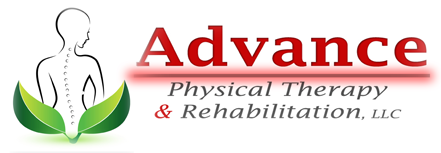
Osteoarthritis Pain and Discomfort
What is osteoarthritis pain and discomfort?
Osteoarthritis is the most common type of arthritis, and it exclusively affects your joints. This disease can affect any joint in your body, and it causes your joint tissues to degrade. Specifically, it breaks down the cartilage that serves as a buffer between your bones, which causes pain when you try to move your joints. Osteoarthritis is an inflammation-related condition, which means that it results in swelling that can sometimes progress to the degree that you lose your ability to move your joints.
What causes osteoarthritis pain and discomfort?
Medical science has identified a number of factors, such as heredity, obesity, age, joint overuse and injury, as causes of osteoarthritis, but it’s also possible that diet has a large part to play in the onset of this disease. Foods like trans fats and sugars increase inflammation in your body, which might contribute to the joint degeneration that is typical of osteoarthritis. In addition, repetitive injury from sports and certain vocations can also cause this painful condition.
What are the symptoms osteoarthritis pain and discomfort?
The symptoms of osteoarthritis include joint soreness or aching with movement, pain with inactivity, joint swelling and bony enlargements.
How is osteoarthritis pain and discomfort diagnosed?
To diagnose a patient with osteoarthritis, a physician generally takes a look at your medical history and then performs a physical exam. In addition, X-rays of the affected areas may aid in the diagnosis process. A doctor may also perform a blood test or test the fluid in your joints if they believe that you have osteoarthritis.
How is osteoarthritis pain and discomfort treated?
A variety of prescription medications have been devised to treat osteoarthritis, and natural anti-inflammatory compounds may also help with this disease. Surgery is sometimes a viable treatment in extreme cases, and a variety of complementary therapies, such as physical therapy, can help reduce the pain associated with this degenerative joint condition. At Advance Physical Therapy & Rehabilitation, our skilled therapists use a variety of treatment options in order to decrease pain and swelling, increase motion and restore functional abilities. Treatment options include electrical stimulation, ultrasound, moist heat, cryotherapy, patellar mobilization techniques, kineotaping, massage, manual therapy, stretching, strengthening, home exercise programs, joint preservation techniques, gait and balance training.


